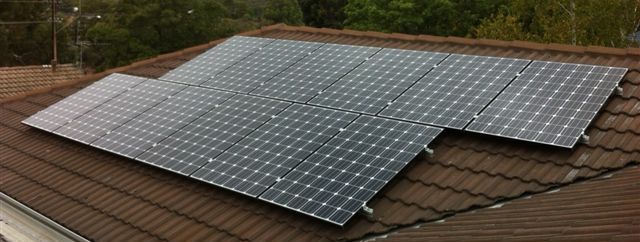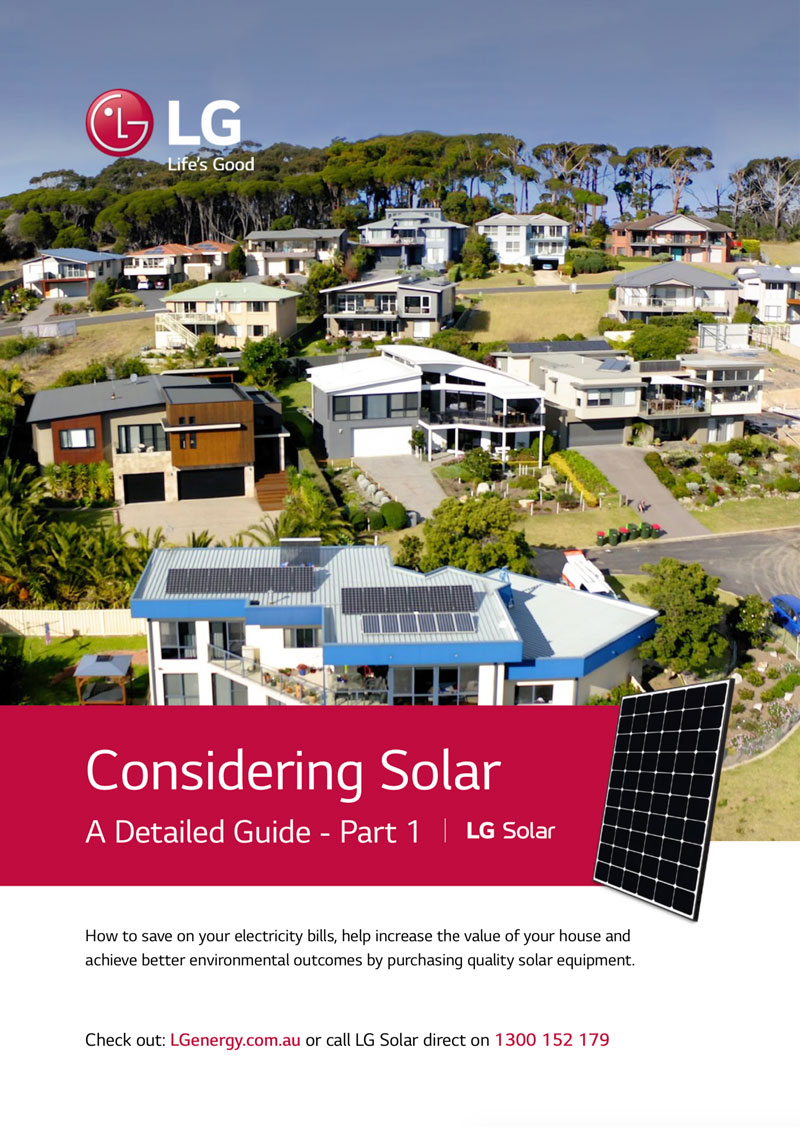What is a solar power system?
A solar power system is made up of multiple photovoltaic (PV) panels, a DC to AC power converter (called inverter) and a rack system that holds the PV panels in place.
Solar Photovoltaic (PV) panels are generally fitted on the roof. They should face in an easterly, northerly or westerly direction. The panels should be tilted at particular angles to maximize the amount of sunlight that hits the panels.
Solar PV panels on the roofs of homes and businesses generate clean electricity by converting the energy in sunlight. This conversion takes place within solar panels of specially fabricated materials that make up the solar panels. It is a process that requires no moving parts. In most cases solar panels are connected to the mains power supply through a device called a solar power inverter.
Solar panels are different to solar hot water systems, which are also mounted on household roof-tops but use the heat from the sun to provide hot water for household uses, in a similar principle like a hose in summer contains hot water after a few hours in the sun.
The technology to convert sunlight into electricity was developed in the 19th century, but it was only in the second half of the 20th century that development accelerated behind the need to provide reliable supplies of electricity in remote locations, to satellites in space to homes and businesses.
Solar panels have been installed on the rooftops of houses and other buildings in New Zealand and Australia since the 1970s. While New Zealand is in the early phase of solar power adaption in Australia for example more than 1,000,000 solar panel systems have been installed in the last 10 years.


